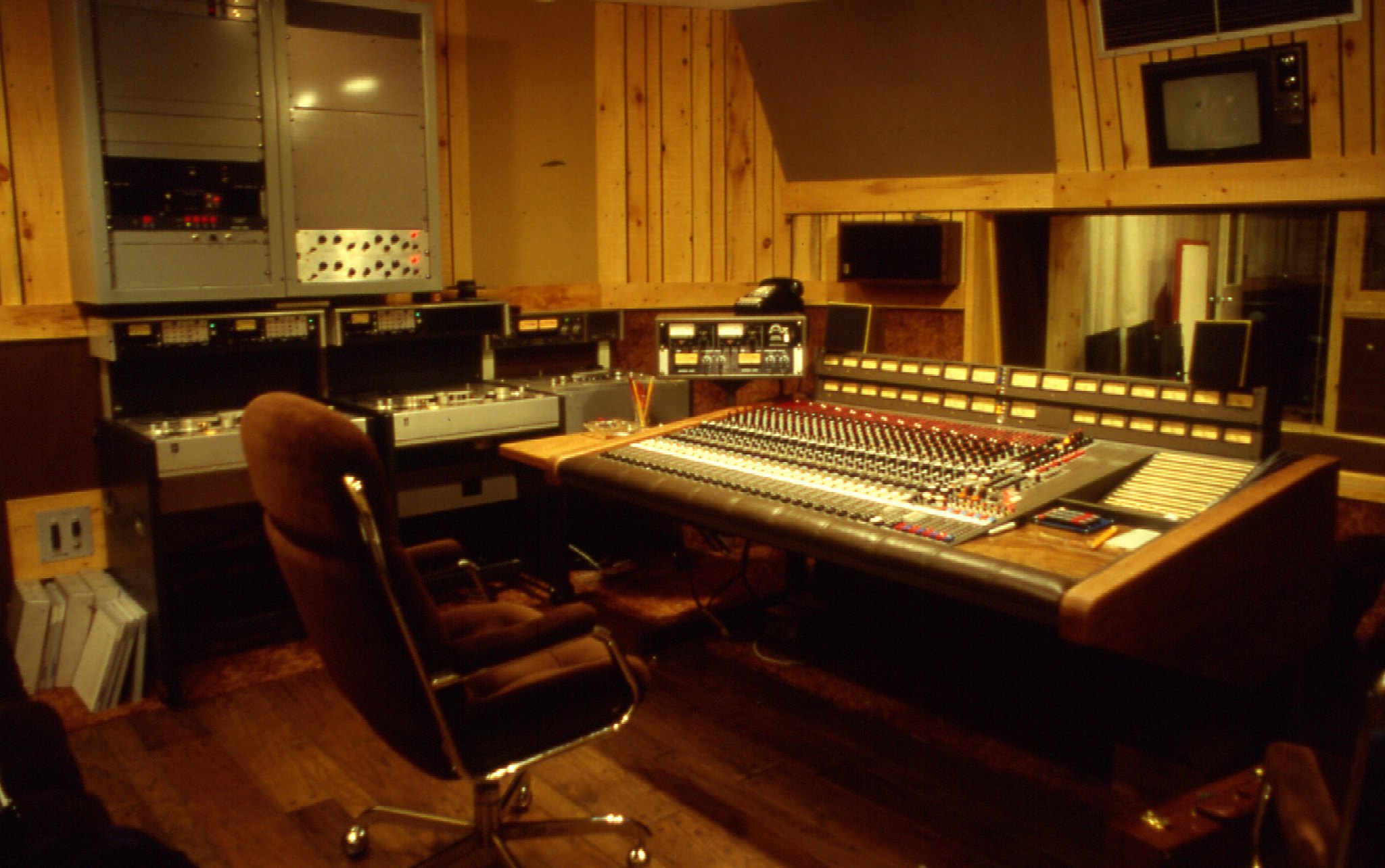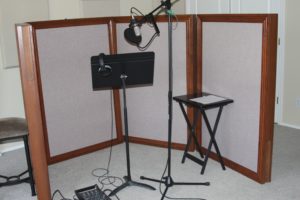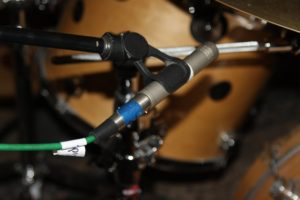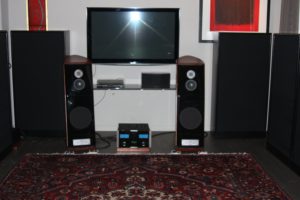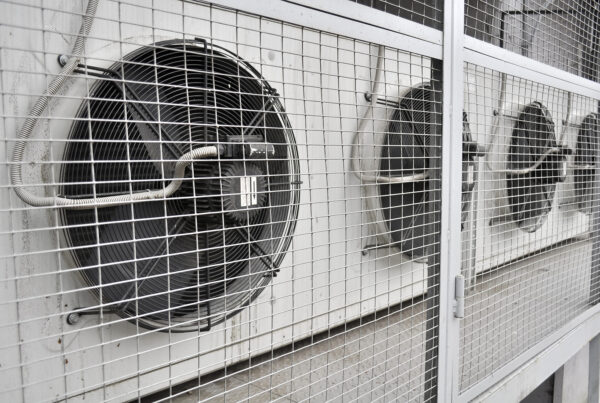Sound Stage Definition
What is the sound stage? How to build a soundstage or building a soundstage in which holds our vocals and instruments. It is not really a physical stage but an imaginary space that if average will be focused between our loudspeakers and if exceptional will extend past the boundaries of our left and right channels. Our sound stage is where all the elements in the recording and all the elements in the room come together to enhance our stereo signal. Our sound stage is the home for our music. It is the real analog source. We have updated this blog to reflect current thinking on 12/4/19.
Sound Stage Creation
How do build a sound stage or building a soundstage? First, we need to realize that our stereo signal, in a two-channel system, has all the components for us to use to “build” our sound stage. There are two basic types of stereo reproduction. True stereo or natural stereo is captured in a live musical event. The reverberation of the room and the natural ambiance of the room is recorded using microphones. This live recorded signal is then played back over several loudspeakers in an effort to recreate the live event.
Artificial Sound Stage
The second type of stereo is not a completely live event but the recording of instruments and vocals separately in our studios and then assembling them together electronically. This process has been termed artificial or pan-pot stereo. This involves a single channel which is mono where the signal is varied in amplitude and sent to each speaker of our two-channel system. This creates a sense of an artificial direction at the listening position. The control which varies the amplitude is called a panoramic potentiometer. When the engineer takes multiple mono signals and applies a potentiometer to each one, an artificial sound field can be created. This is an electronic attempt at recording and positioning of the relative positions of microphones and vocals that one would have in a live event. We realize how to build a soundstage or of the building a soundstage is determined by our room size, volume, and usage.
Hi-Fi: https://en.wikipedia.org/wiki/High_fidelity
Microphones Are Our Ears
When an engineer is recording in a two-channel or stereo mode, the engineer must consider the sound source and where to place the microphones in relation to that source. It is the distance the sound from the source must travel to the microphone, that is the key to creating space or separation in our recordings. Both channels will be similar in the information that they record, but each microphone will receive a signal that has a different time signature based on the position of the microphone.
Playback Signal
When this signal is played back to the listener, the brain will detect subtle differences in the arrival times and the sound pressure levels that impacted each microphone during the recording process. Our brains will take these differences and triangulate or position those sound sources into some form of the sound field. We want to playback each recorded track on different speakers because each microphone records its own data at a slightly different time thus producing wavefronts that are out of phase. Our left and right channel speakers are out of phase with each other in order to produce our stereo image.
Listening Room: https://www.acousticfields.com/very-dedicated-listening-piano-rooms/
Playback In Our Rooms
Once we have the recorded signal, we can now play it back and reproduce all this out of phase, time-delayed, and pressure varied information to create our sound stage in our listening rooms or control rooms. To recreate this stereo space, we need to make sure our system of two channels is set up properly in our room. Reflections from our room boundary surfaces and the correct acoustical management of these are critical if we are to achieve a wide and realistic sound stage.
Room Sound
Reflections from our sidewalls are the biggest offender when it comes to image destruction. Our reflections from the side walls must be managed through absorption or diffusion technologies to ensure that their arrival at the listening or monitoring position is below in time signature from the direct energy that is coming from our speakers. The direct energy is the sound that travels in a straight line from our speakers to the listening position. It is the purest of sound and does not contain any reflections or room sound. This is the sound near field listening produces.
Direct Vs. Reflected Sound
Once we introduce the reflections from our room into and upon the direct signal from our speakers, we now have a blend of direct and time-delayed, reflected the energy that we will use to our benefit in creating our sound stage. We must treat the reflections from our sidewalls in a manner that slows them down so that they reach the listening position “behind” the time signature of the direct energy. A reduction of 15ms – 20ms. in reflection arrival times is usually sufficient to allow for a strong stereo image to form between our loudspeakers and give as ample energy in which to make the sound stage extend even farther past the speakers.
Listening Room: https://www.acousticfields.com/state-of-the-art-acoustics/
Absorption Or Diffusion?
We can use absorption or diffusion technologies to help manage these side wall reflections. Both technologies can have a reducing effect on the sidewall reflection, time signatures. Absorption will convert the sidewall reflection energy to heat and thus change the electromechanical signal into another energy form. This will reduce the amplitude of the signal and with reduced amplitude, the signal has no choice but to be slower. Diffusion takes the reflection and breaks it down into smaller reflections, if you will, with no reduction in amplitude.
Balancing Act
Creating a sound stage begins at the recording of the original sound source and carries through into the playback of the recorded stereo signals. The engineer positions the microphones to recreate the time, amplitude, and frequency differences that our ears would receive at a live recording session. During the playback process of that recorded information, we position speakers within our room to playback the recorded instruments and vocals in a manner that attempts to recreate the original recorded event. How well one achieves that goal is dependent on the speaker/listening position within the room and the correct application of acoustical treatment to minimize side wall reflections within the chosen listening environment.
About Us At Acoustic Fields: https://www.acousticfields.com/about/
In Summary
If you have any questions on how to create a large sound stage please feel free to email me and I will be happy to help. Please message me at info@acousticfields.com. If you want to learn more about room acoustics please sign up for our free acoustic video training series and ebook. Upon sign up you will have instant access to the room acoustic training videos and ebook to help improve the sound in your studio, listening room or home theatre.
Thanks
Dennis


